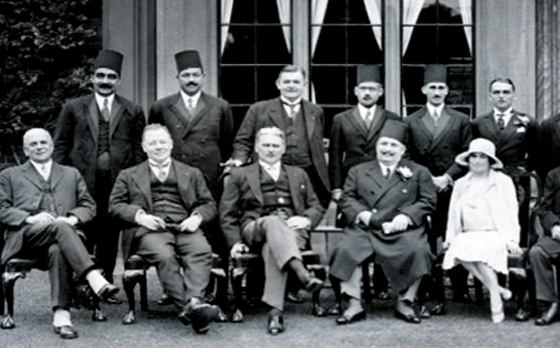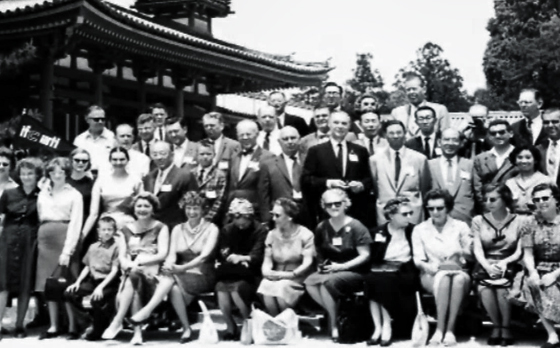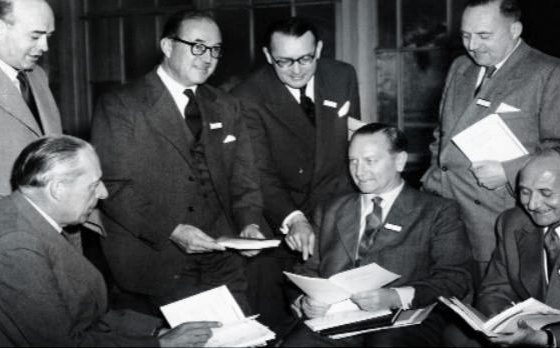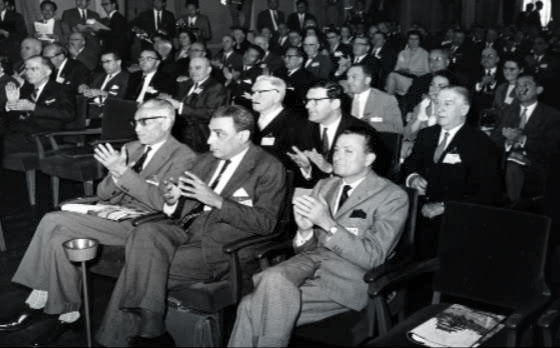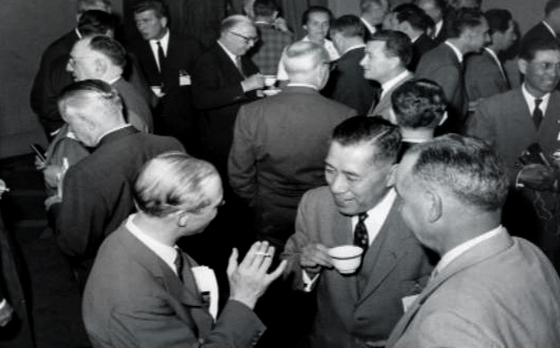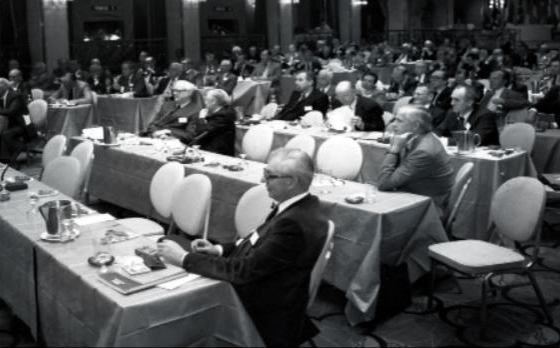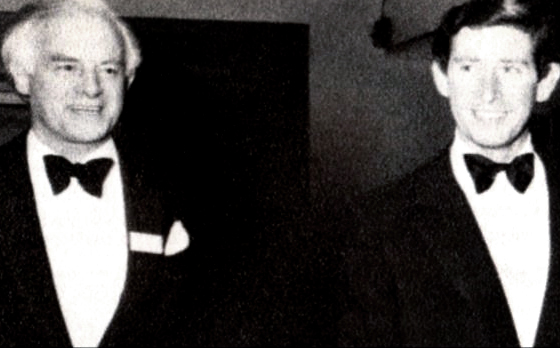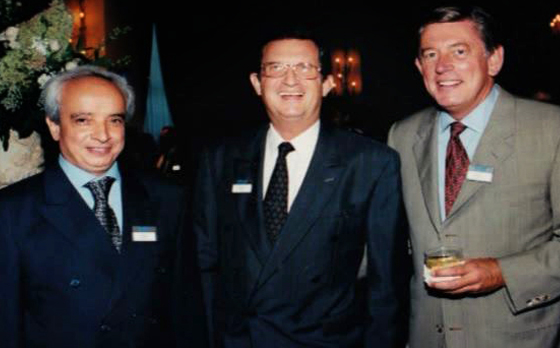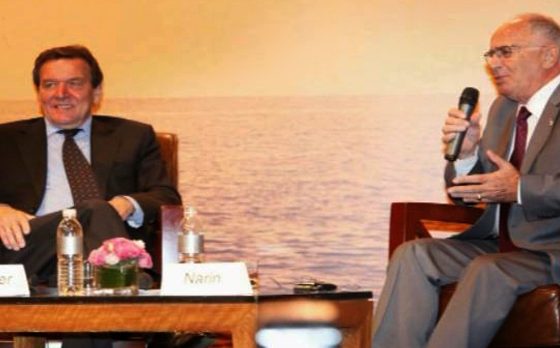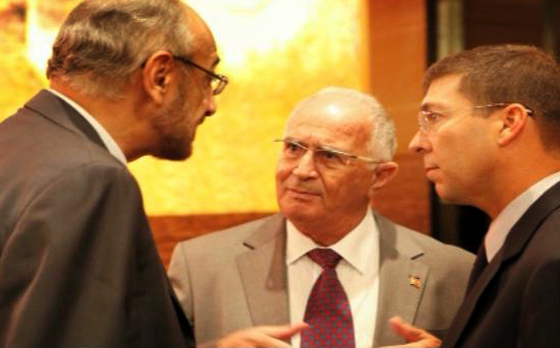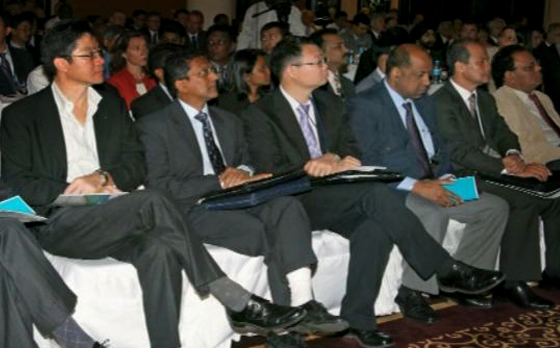The International Textile Manufacturers Federation (ITMF) is one of the oldest non-govern-mental organizations. It was founded in 1904, at a meeting held in Zurich and convened at the initiative of the British cotton spinning industry. The newly established organization adopted the name "International Federation of Master Cotton Spinners' and Manufacturers' Asso- ciation". It was often referred to as the "International Cotton Federation".
It established its headquarters in Manchester, England. For many years, and throughout both World Wars, the Federation represented and promoted the interests of the cotton spinning and manufacturing industries of the world. The advent of man-made fibres broadened the raw material basis of the cotton industry. At the same time, vertical integration in textile enterprises changed the structure of the industry and broadened its scope: it has today become a multi-fibre, multi-process industry.
In 1954, the Federation took steps to adjust to this structural evolution by changing its name to "International Federation of Cotton and Allied Textile Industries" (often referred to as IFCATI). The membership and scope of the organization were broadened accordingly. In 1963, the Federation's headquarters were moved from Manchester, England, to Zürich, Switzerland, for the purpose of facilitating international contacts and improving administrative services and communications.

As of 1960, the Federation's membership has expanded significantly and today embraces the major part of the world's textile production. It thus reflects the process of internationalization which has taken place in textile manufacturing since the end of World War II. Not only has the location of world textile industrial capacities undergone far-reaching changes, the readjustment process has also affected the structure of trade associations in the industry. Their former fragmentation is gradually giving way to a more concentrated and integrated framework of representation.
In response to these developments the Federation in 1978 changed its name to "International Textile Manufacturers Federation". In the year 2000 the Federation introduced as a new membership category "Corporate Membership". This provided companies from the entire textile value chain to become affiliated with the Federation. With the end of the transitional “Agreement on Textiles and Clothing (ATC) and hence the abolishment of the traditional quota system in 2005, competition in the global textile industry intensified significantly. This led to visible increases of investments, especially in Asia and in particular in China.
On the basis of its present structure and scope, the Federation comprises members from the entire textile value chain - fibres, textile machinery, chemicals and of course textiles. The introduction of additional Sub-Committees like the Home Textile Producers (HTP) Committee in 2009 or the Fibres & Applications (F&A) Committee in 2012 provide the necessary platforms for the dissemination of information and per discussions, the Federation is qualified to represent the broadest possible segment of the world's textile and allied industries.


